In the mysterious world of reptiles, non-venomous snakes have evolved fascinating strategies for survival despite lacking the deadly venom of their more notorious cousins. Among these adaptations, silence stands out as perhaps their most effective weapon. Unlike mammals that growl or birds that screech warnings, these serpents have mastered the art of silent stalking, striking, and escaping. This strategic silence isn’t merely the absence of sound—it represents millions of years of evolutionary refinement that allows these creatures to thrive across diverse ecosystems. From dense rainforests to arid deserts, non-venomous snakes use their soundless nature not as a limitation but as a powerful advantage that helps them hunt prey, avoid predators, and navigate their environments with remarkable efficiency.
The Evolutionary Advantage of Silence
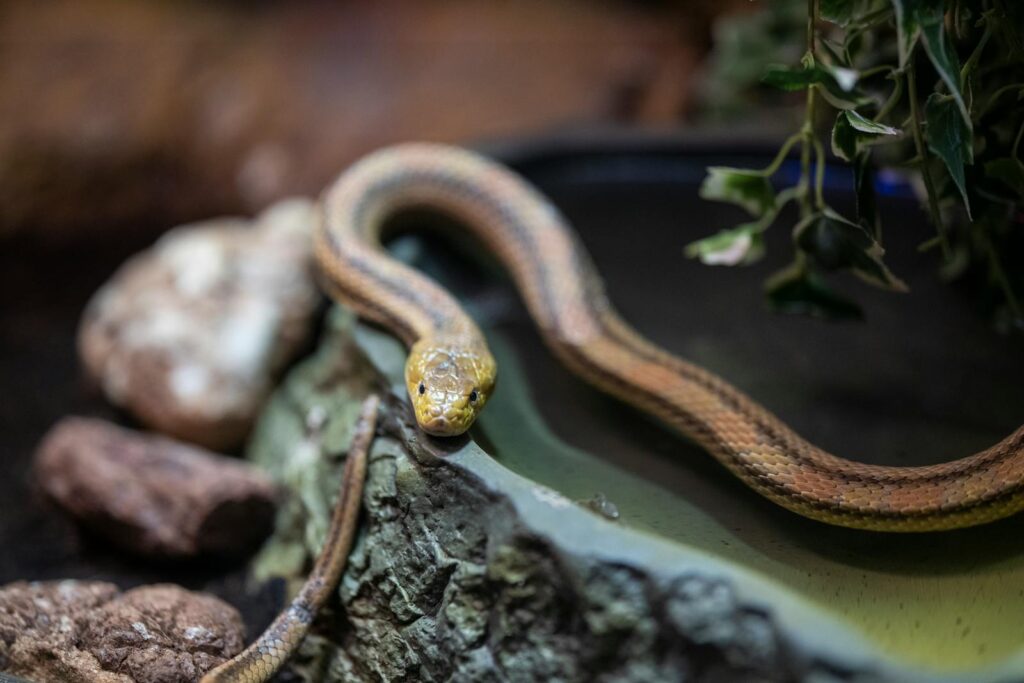
Non-venomous snakes have evolved their silent hunting techniques over millions of years as a direct response to their lack of venom. Without toxic chemicals to subdue prey quickly, these serpents had to develop alternative strategies that relied on stealth and surprise. Natural selection favored individuals that could move without detection, gradually refining their anatomy to minimize sound production. This evolutionary path has proven remarkably successful, with non-venomous species comprising approximately 85% of all snake species worldwide. The silence adaptation demonstrates nature’s incredible versatility—when one defensive or predatory tool isn’t available, other equally effective mechanisms emerge to fill the gap. For these snakes, silence became not just a characteristic but a critical survival mechanism that compensates for their lack of venom.
Silent Locomotion: The Science Behind Soundless Movement
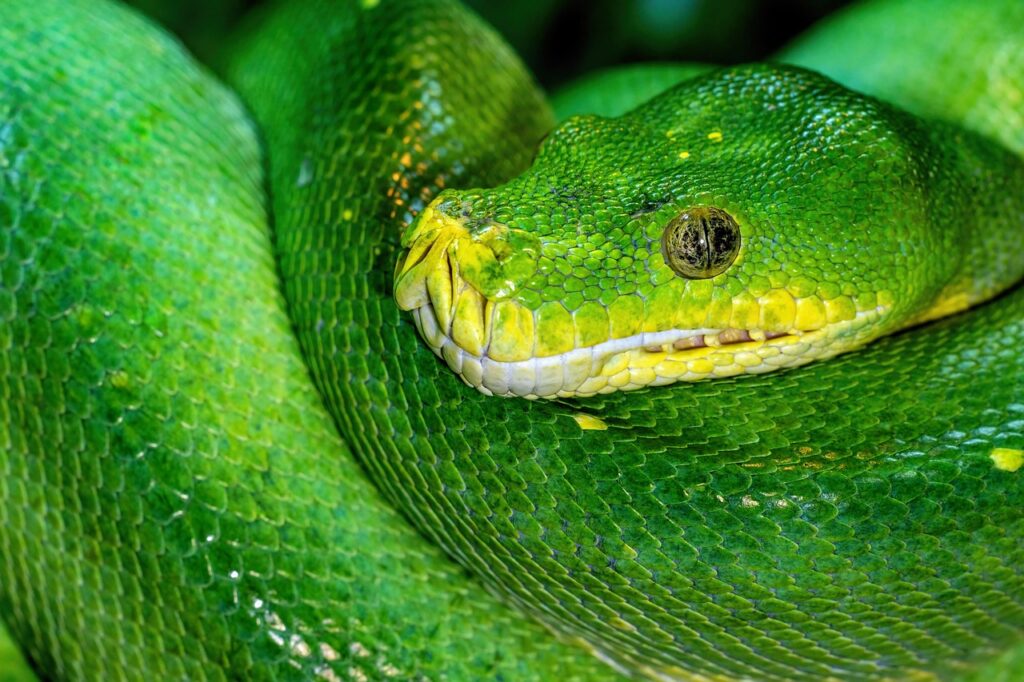
The remarkably quiet movement of non-venomous snakes stems from their unique muscular structure and scales that work in perfect coordination. Unlike mammals that create noise through footfalls, snakes distribute their weight across hundreds of ribs and ventral scales, allowing for virtually soundless progression across most surfaces. Their specialized belly scales, called scutes, can be lifted and advanced independently, creating a rolling motion that minimizes friction and sound. Even more impressive is their ability to adjust this movement pattern based on the terrain—using rectilinear movement (straight-line crawling) on smooth surfaces or lateral undulation (side-to-side movement) in more complex environments. This adaptability allows species like rat snakes and kingsnakes to traverse leaf litter that would crunch loudly under any other animal’s weight. The snake’s movement is so precisely controlled that they can travel directly beside sleeping prey without causing the slightest disturbance.
Ambush Predation: The Perfect Silent Strategy
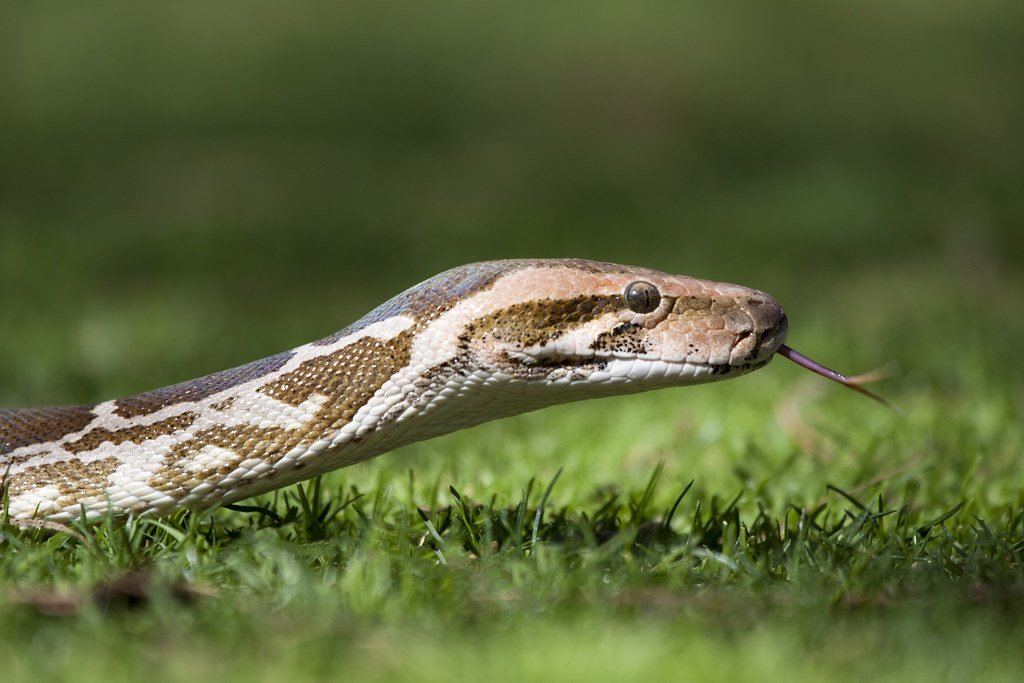
Many non-venomous snakes have perfected the art of ambush hunting, a strategy that capitalizes on their silent nature. Species like the ball python and carpet python can remain motionless for days, their bodies becoming virtually indistinguishable from surrounding branches or rocks as they wait for prey to approach. Their patience is matched only by their explosive speed—when the moment arrives, they strike with such swiftness that prey animals have no time to register the sound of movement, much less react to it. This silent ambush approach conserves valuable energy, allowing these snakes to survive on relatively few successful hunts. The thermal pits found in some non-venomous constrictors enhance this silent hunting approach by detecting prey’s body heat without requiring any movement or sound from the predator. For these species, silence isn’t merely a passive state but an active hunting tool deployed with remarkable precision.
Respiratory Adaptations for Silent Hunting

Non-venomous snakes possess specialized respiratory adaptations that contribute significantly to their silent hunting capabilities. Unlike mammals that must regularly exhale through nostrils or mouths, potentially creating noise, snakes can control their breathing to an extraordinary degree. They possess a single functional lung (the right lung, as the left is typically reduced or absent) with an extended air sac that allows for prolonged oxygen exchange without frequent breathing movements. This adaptation means a waiting python can remain absolutely still, breathing so slowly and quietly that even sensitive prey animals cannot detect their presence. Additionally, their tracheal structure differs from mammals, eliminating the whistling or rushing sounds often associated with breathing in other predators. These respiratory modifications work in concert with their other silent adaptations, creating a predator that can literally hold its breath while waiting for the perfect moment to strike.
Constrictors: Silent but Deadly
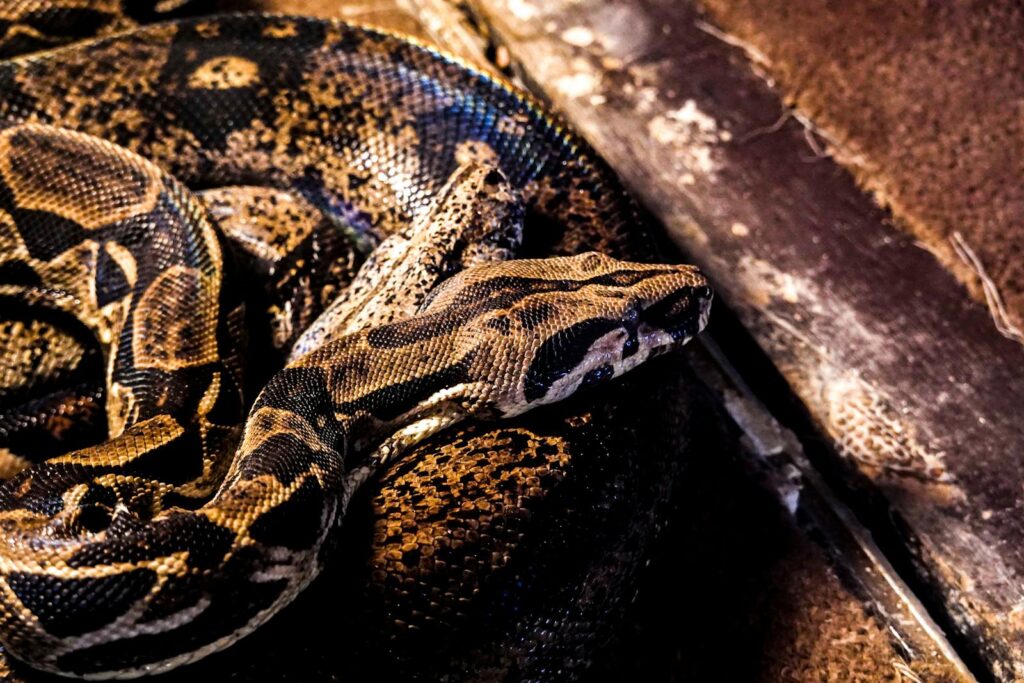
Constriction represents perhaps the most silent yet effective killing method in the animal kingdom, perfected by numerous non-venomous snake species. When a boa, python, or kingsnake wraps around prey, the entire process unfolds with remarkable quietness—there is no roaring, hissing, or struggle that might alert other nearby prey animals. The snake applies pressure precisely with each exhalation of its prey, tightening its coils to restrict blood flow rather than causing asphyxiation as previously thought. This silent killing method is so efficient that some large constrictors can subdue prey several times their diameter without creating disturbances that would alert other potential meals in the vicinity. The muscular control displayed during constriction is extraordinary—these snakes can maintain exactly the right pressure to overcome their prey’s circulatory system while using minimal energy themselves. Through this silent hunting approach, constrictors have become successful predators across diverse ecosystems worldwide, from the massive anacondas of South American waterways to the slender kingsnakes of North America.
The Silent Strike: Biomechanics of Surprise Attacks
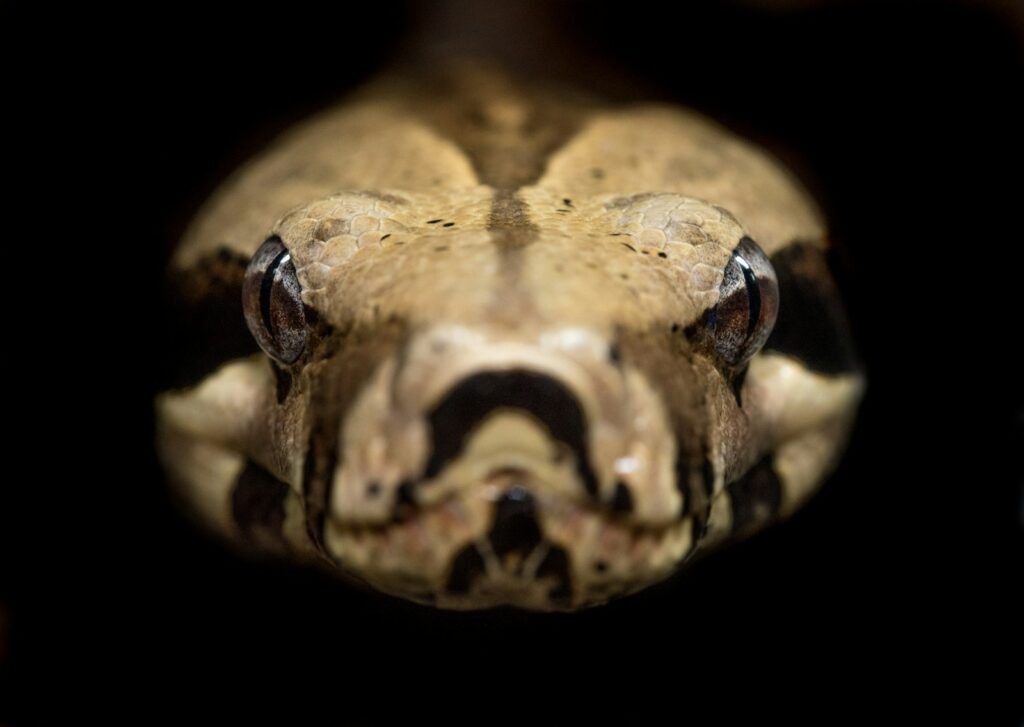
The strike of a non-venomous snake represents a biomechanical marvel of silent efficiency unmatched in the animal kingdom. High-speed videography has revealed that some species can accelerate from complete stillness to striking their target in less than 50 milliseconds—too fast for the human eye to track and certainly too quick for most prey animals to detect by sound. This explosive movement is generated by specialized muscles that store energy like compressed springs, allowing for instantaneous release without the telegraphing movements that would create warning sounds. The snake’s skull structure further enhances this silent strike capability, with highly mobile jaw joints that can open wide without the clicking or popping sounds common in mammalian predators. The scales covering a snake’s body are arranged in an overlapping pattern that prevents them from rustling against each other during the lightning-fast strike. For prey animals, this perfect storm of silent adaptations means that by the time they might hear anything, they’ve already been captured.
Communication Without Sound: Visual and Chemical Signals

While silence serves non-venomous snakes well in hunting and defense, these reptiles haven’t abandoned communication altogether—they’ve simply shifted to non-acoustic channels that maintain their stealth advantage. Rather than vocalizing, many species rely on sophisticated body language, displaying specific postures that communicate threats or territorial boundaries to other snakes without revealing their location to predators or prey. Chemical communication plays an even more crucial role, with specialized scent glands producing pheromones that can convey complex information about reproductive status, territory boundaries, and even individual identity. These chemical signals persist in the environment, allowing communication to occur asynchronously without any sound that might compromise the snake’s position. Some larger constrictors also utilize subtle vibrations transmitted through the ground rather than air-based sounds, a form of communication that remains undetectable to many potential threats. This multi-channel silent communication system allows non-venomous snakes to coordinate complex social behaviors while maintaining their acoustic camouflage.
Defensive Silence: Freezing as Protection
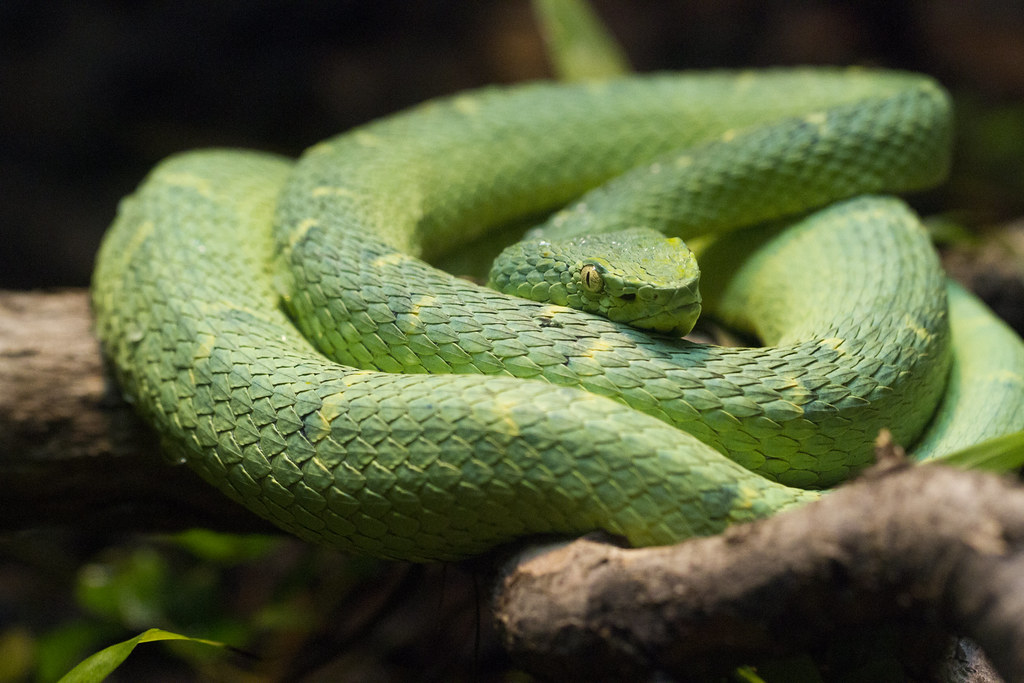
When faced with potential predators, many non-venomous snakes employ absolute stillness as their first line of defense, an approach that leverages their natural camouflage and silent nature. Species like the corn snake or hognose snake can freeze in position for hours, their patterned bodies blending seamlessly with forest floor debris or sandy substrates. This motionless defense strategy takes advantage of the fact that many predators, particularly birds of prey and mammals, are highly attuned to detect movement rather than static shapes. By remaining perfectly still, these snakes effectively disappear from the perceptual world of their hunters. The physiological control required for this defensive freezing is remarkable—snakes can slow their heart rate and breathing to barely detectable levels, further reducing any potential sound or movement that might give away their position. This silent defensive strategy proves so effective that many species rely on it exclusively, resorting to more active defenses only when physically contacted by a potential threat.
Mimicry: The Silent Deception

Numerous non-venomous snake species have evolved elaborate visual mimicry of venomous counterparts, a silent deceptive strategy that provides protection without requiring sound. The scarlet kingsnake’s striking resemblance to the venomous coral snake represents one of the most famous examples of Batesian mimicry in reptiles, with nearly identical red, black, and yellow banding patterns that potential predators avoid. This visual deception works silently, requiring no hissing, rattling, or other warning sounds that might actually attract attention. Other species like the harmless hognose snake combine visual mimicry with elaborate bluffing behaviors—flattening their heads to resemble venomous vipers while remaining surprisingly quiet during these displays. The evolutionary advantage of this silent mimicry is substantial, as it deters predators without the energy expenditure required for noisy defensive displays or actual physical confrontation. For these silent mimics, looking dangerous while maintaining acoustic camouflage provides the perfect compromise between effective defense and continued stealth.
Nocturnal Advantage: Silence in the Darkness
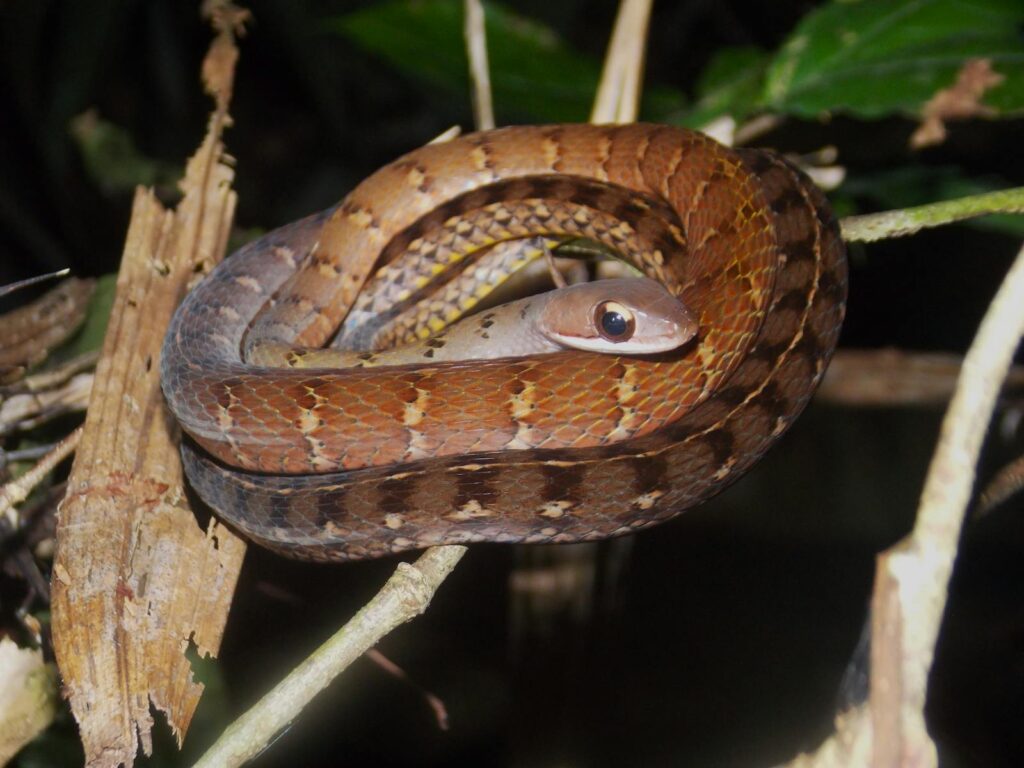
Many non-venomous snake species have evolved primarily nocturnal habits, a pattern that magnifies the advantages of their silent nature. In the darkness, when visual detection becomes limited for both predators and prey, sound often becomes the primary sense for many animals—creating an environment where the snake’s silence becomes even more valuable. Species like the black rat snake or children’s python move through the night with remarkable stealth, their soundless hunting giving them a significant edge over nocturnal rodents that rely heavily on hearing to detect approaching danger. This silent nocturnal strategy also reduces competition with diurnal predators and minimizes encounters with the snake’s own predators, many of which hunt primarily during daylight hours. The combination of darkness and silence creates a powerful hunting advantage, allowing these reptiles to approach sleeping prey that would otherwise detect them easily during daylight hours. For non-venomous snakes, the night doesn’t present a challenge but rather amplifies their silent hunting advantage to its maximum potential.
Urban Adaptations: Silent Success in Human Environments
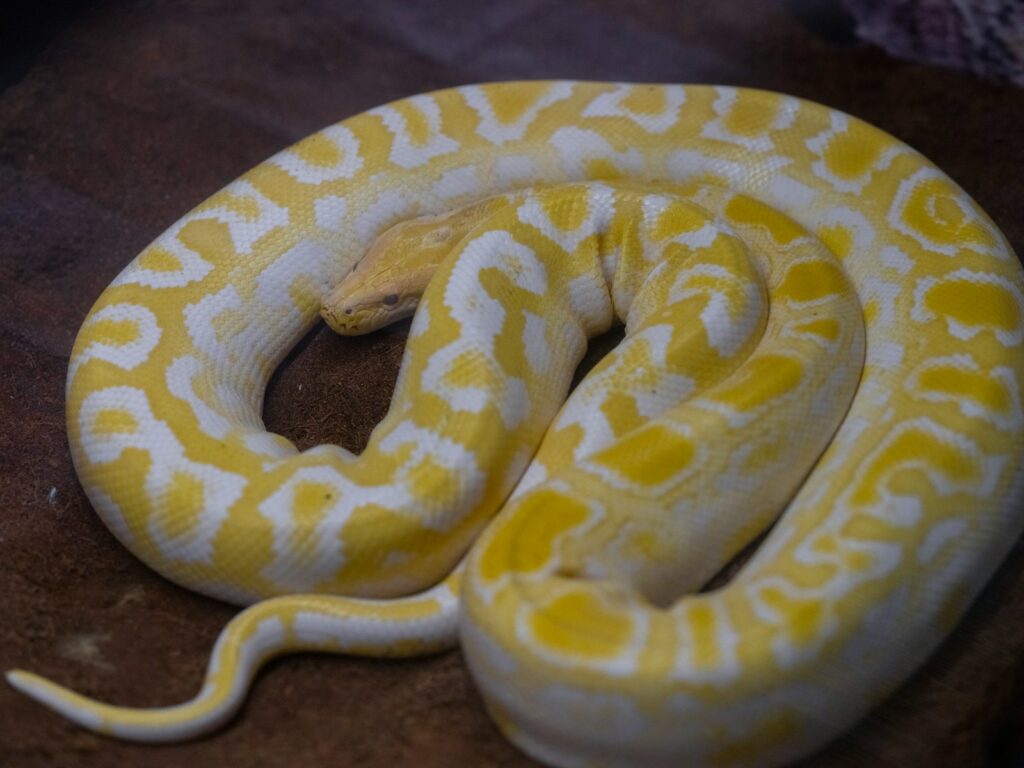
The silent nature of non-venomous snakes has contributed significantly to their successful adaptation to human-dominated landscapes, where undetected movement often equals survival. Species like rat snakes and house snakes thrive in suburban and even urban environments, their silent hunting allowing them to control rodent populations without drawing human attention. These adaptable reptiles can move through garden sheds, attics, and basement spaces without creating the scratching or scurrying sounds that would immediately alert human residents to their presence. Their ability to remain undetected allows them to establish territories in close proximity to people who may remain entirely unaware of their silent neighbors for years. This acoustic invisibility represents a remarkable evolutionary advantage in anthropogenic landscapes, where noisy wildlife often faces direct persecution. The silent nature of these beneficial predators allows them to provide valuable ecosystem services like rodent control while maintaining the low profile necessary for coexistence with often-wary human populations.
Training and Sensory Adaptations for Silent Hunting
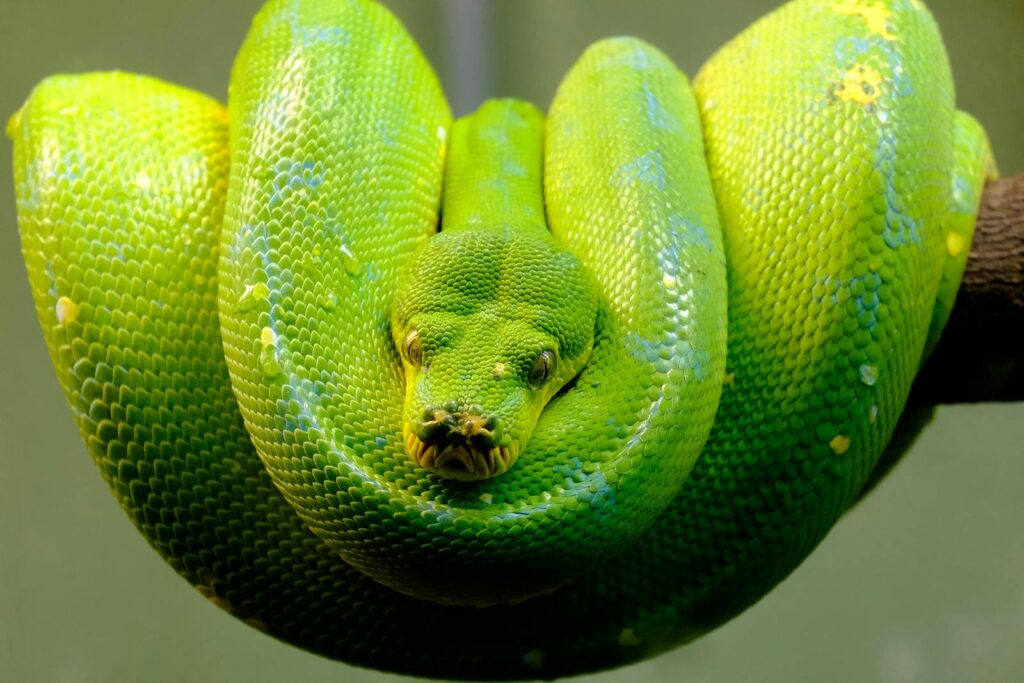
Non-venomous snakes possess remarkable sensory adaptations that complement their silent hunting strategy, creating a predator that can detect prey without making sound themselves. Many species have developed highly sensitive vomeronasal organs (Jacobson’s organs) that collect chemical particles from the air via tongue-flicking, allowing them to essentially “taste” their environment and track prey silently. Some constrictors like pythons possess specialized heat-sensing pits that can detect temperature differences as small as 0.003°C, enabling them to locate warm-blooded prey in complete darkness without making any noise. These specialized senses work in concert with their exceptional vibration detection through jawbones that contact the ground, creating a multi-channel awareness system that operates in complete silence. Young snakes instinctively refine these silent hunting techniques through experience, with juvenile pythons and boas making progressively more efficient and quieter captures as they mature. This continuous sensory refinement ensures that as these predators grow larger—potentially creating more noise due to increased size—they simultaneously become more skilled at maintaining their acoustic camouflage.
The Future of Silent Predation in Changing Environments
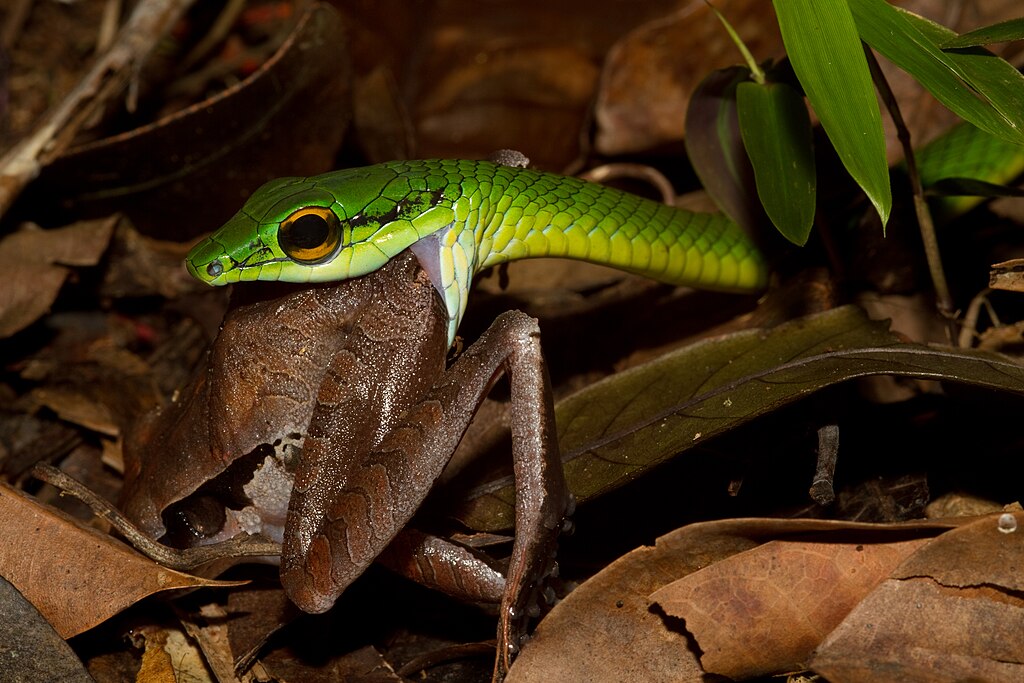
As human-induced environmental changes accelerate worldwide, the silent hunting adaptations of non-venomous snakes may prove increasingly valuable for their survival prospects. In fragmented habitats where wildlife must navigate between suitable patches, the ability to move without detection provides these serpents with a significant advantage over more acoustically conspicuous species. Climate change may further benefit silent hunters as increasing temperatures potentially extend activity periods in temperate regions, giving these ectothermic predators more opportunities to employ their soundless hunting strategies. However, these same environmental shifts present challenges, as changing prey distributions may force snakes to adapt their silent techniques to new target species with different sensory capabilities. The remarkable evolutionary plasticity that produced their silent hunting adaptations will likely continue serving these reptiles well as they adjust to novel ecological conditions. Conservation efforts focused on these silent predators should recognize the ecological value of their unique hunting approach, which often controls rodent populations without the secondary poisoning risks associated with chemical control methods.
In the shadow-filled world of non-venomous snakes, silence transcends mere absence of sound to become a sophisticated ecological strategy. Through specialized scales, muscular adaptations, and remarkable respiratory control, these reptiles have crafted silence into both sword and shield—a weapon for hunting and a cloak for protection. Their soundless existence represents one of nature’s most elegant solutions to the challenge of survival without venom. As we continue studying these remarkable creatures, we discover that in the constant evolutionary arms race between predator and prey, sometimes the most powerful weapon isn’t a venomous fang or powerful jaw, but simply the ability to move through the world unheard. The silent hunter, perfected through millions of years of natural selection, reminds us that in nature’s complex symphony, the spaces between notes can be as powerful as the loudest calls.




